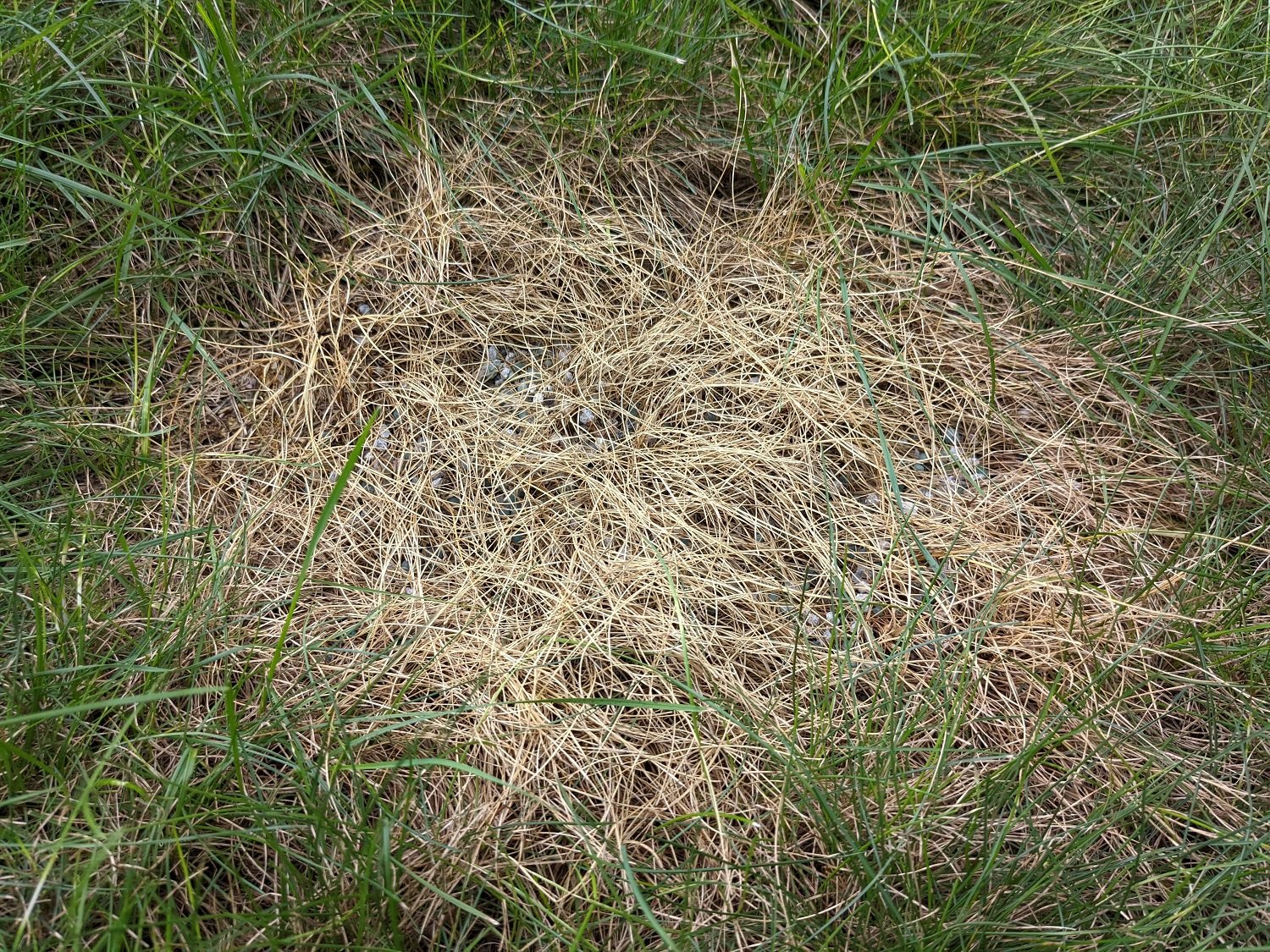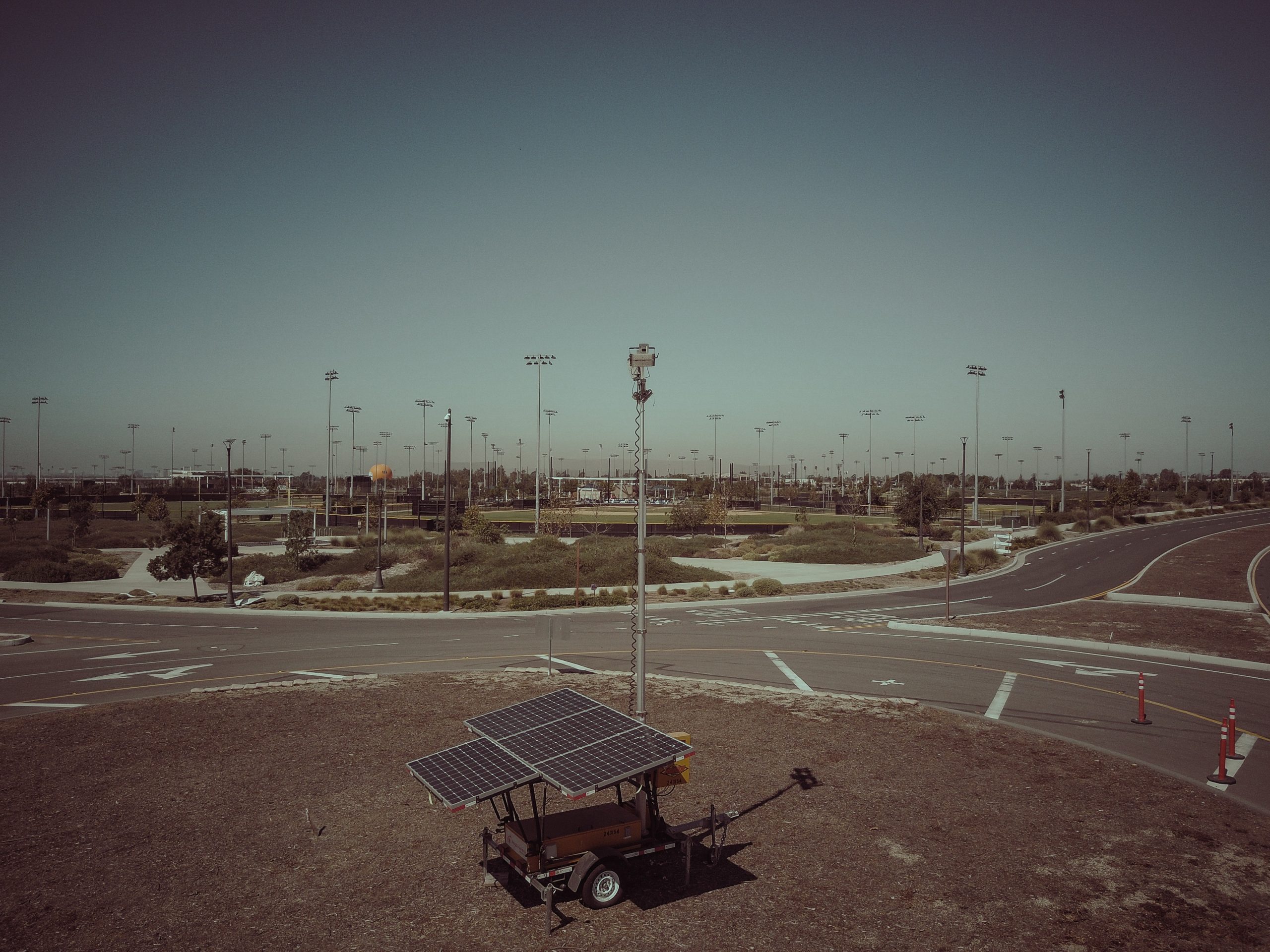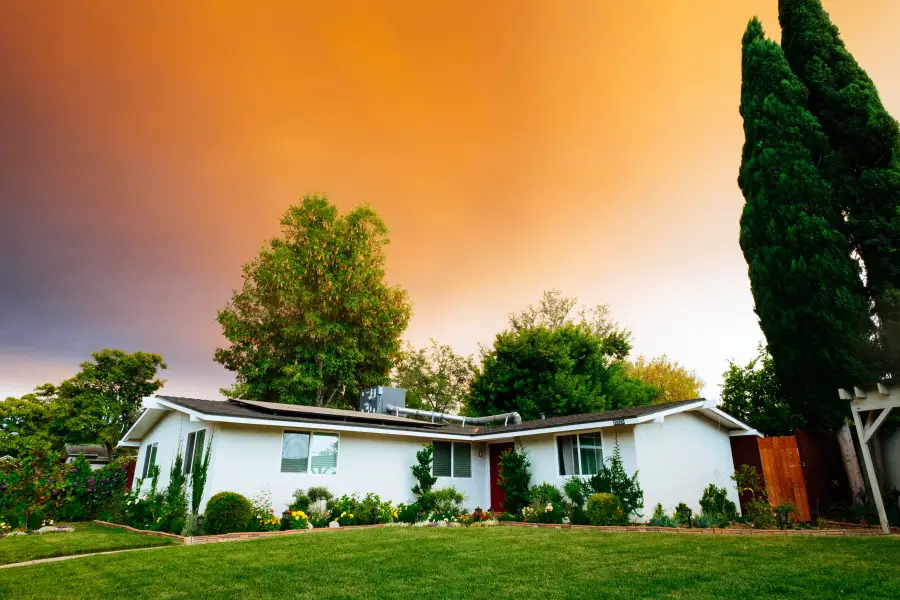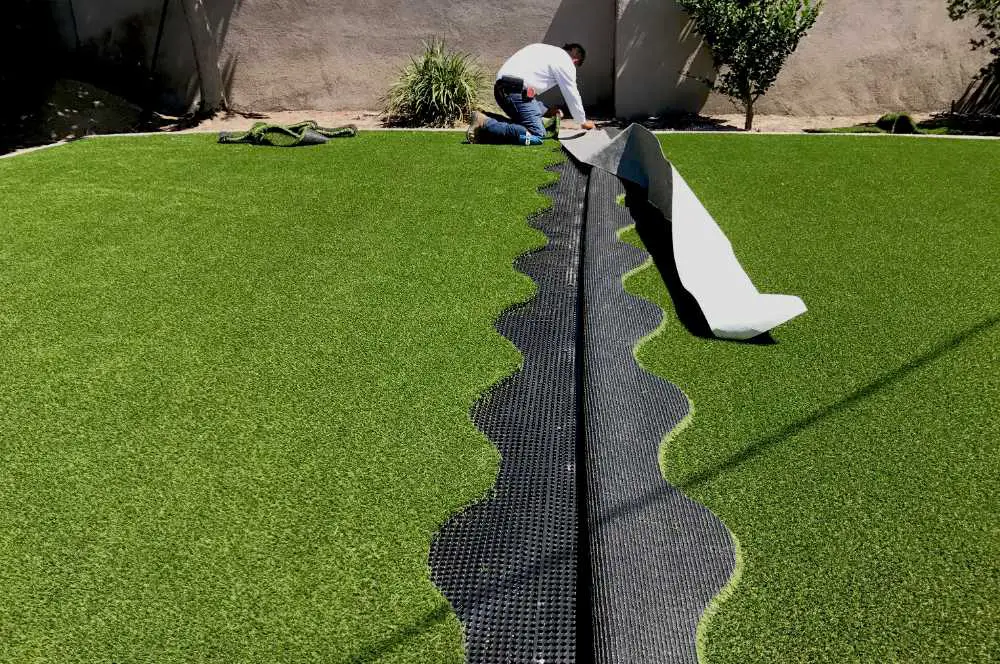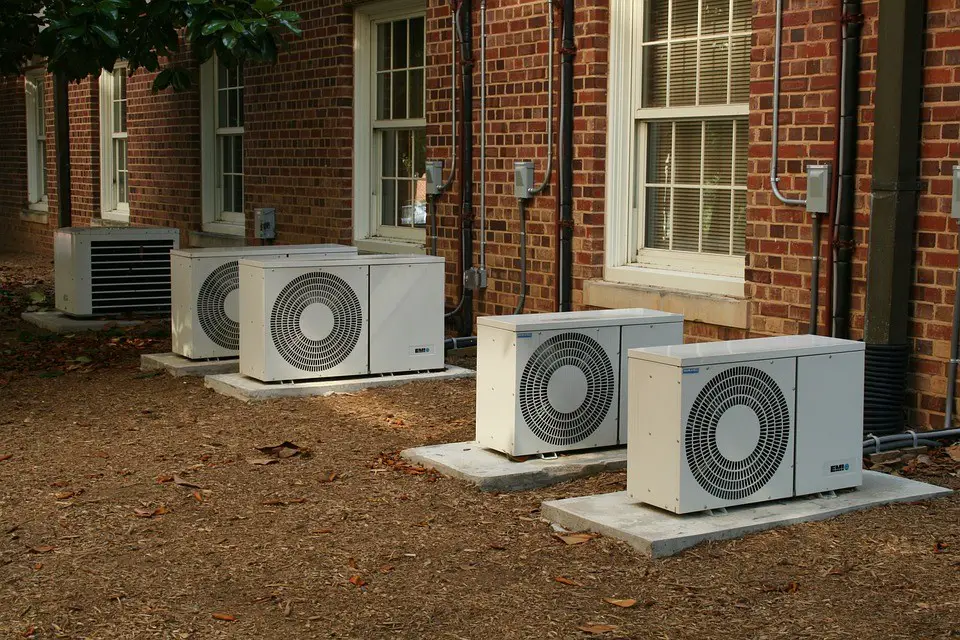Fertilizer Burn: Tips for Avoidance and Treatment
Every farmer, from the novice to the expert, understands the indispensable role of fertilizers in the growth and health of plants. They are, after all, nutrient powerhouses that ensure the crops get all the essential elements they require. Yet, it is imperative for cultivators to recognize that an overzealous application of these compounds can result …

